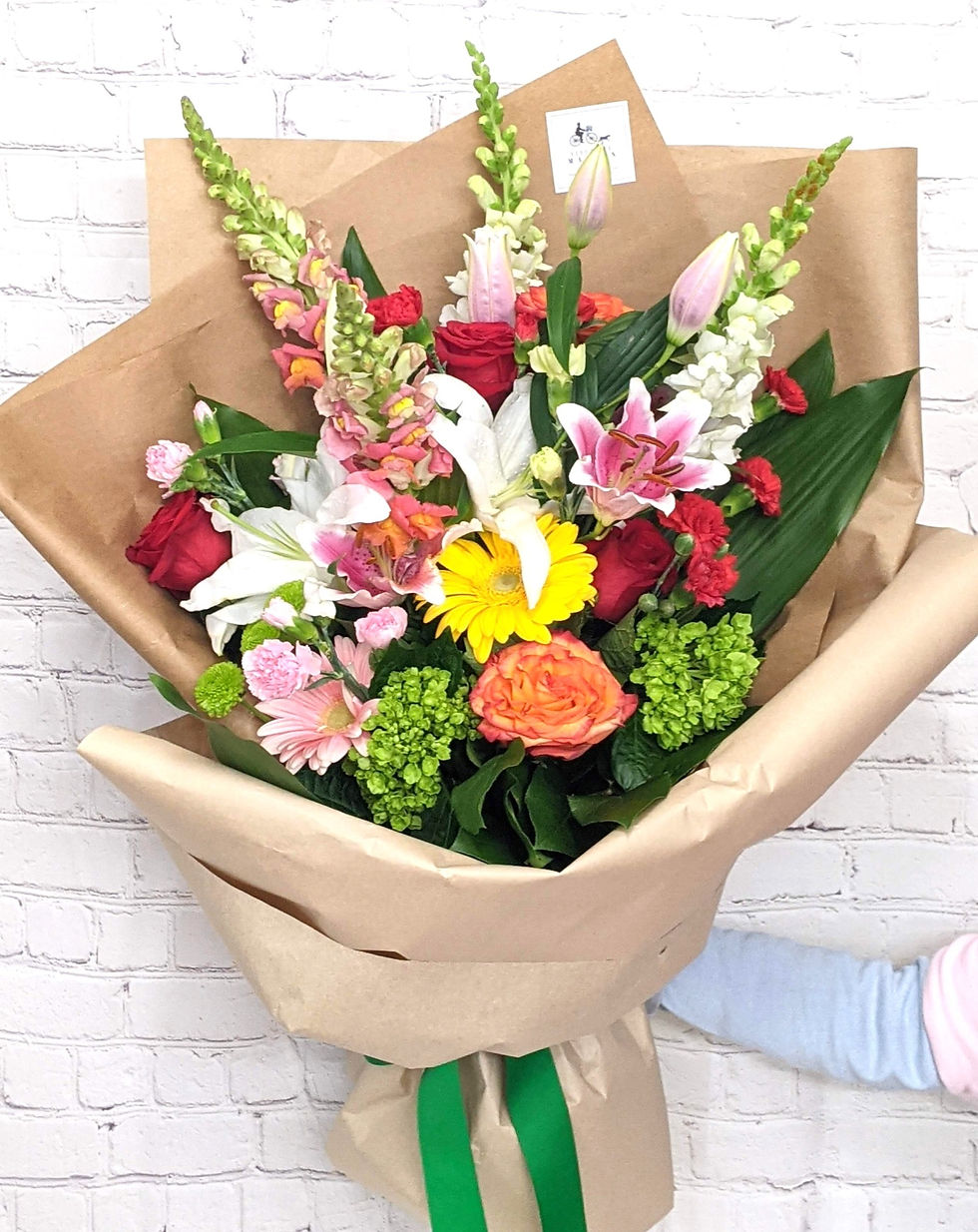Orchid (available color )
Orchid (Orchidaceae) . . . Refined beauty
Care:
Light: Indoor high light (unobstructed sunlight from a south-facing window) to low light (limited northern exposure).
Assess the leave: brown leaves indicate your plant needs less sun. Leaves that are deep green often require more light.
Temperature: The detailed care guide below will specify a healthy climate for each of the most common orchid types. For a simple reference, if you are too hot or cold, your orchid is likely too hot or too cold as well.
Humidity:
Tropical plants are accustomed to more humidity than the average living room. In order to keep your orchid healthy, place your potted plant on top of pebbles and add water. Air flow is also very important. Try adding a fan to the room if you notice your orchid deteriorating.
Water: Water thoroughly each time so the roots have a chance to absorb the moisture before it runs through the mix.
As a rule of thumb, drought-tolerant orchids, such as cattleyas, oncidiums and dendrobiums only need to be watered once a week. Other species should be watered every 4-5 days.
When watering, it is sometimes easiest to place the plant in the sink, letting room temperature water run over it for a minute or so. Leave time for it to drain completely and avoid distilled or salt-softened water.
Fertilization: 20-20-20 fertilizer weekly or monthly. If you choose to fertilize weekly, it’s important that you dilute the fertilizer (about one-quarter of the full strength) so as to not overfeed the plant. After the blooms have dropped off it’s still important to fertilize monthly or every other week.


































